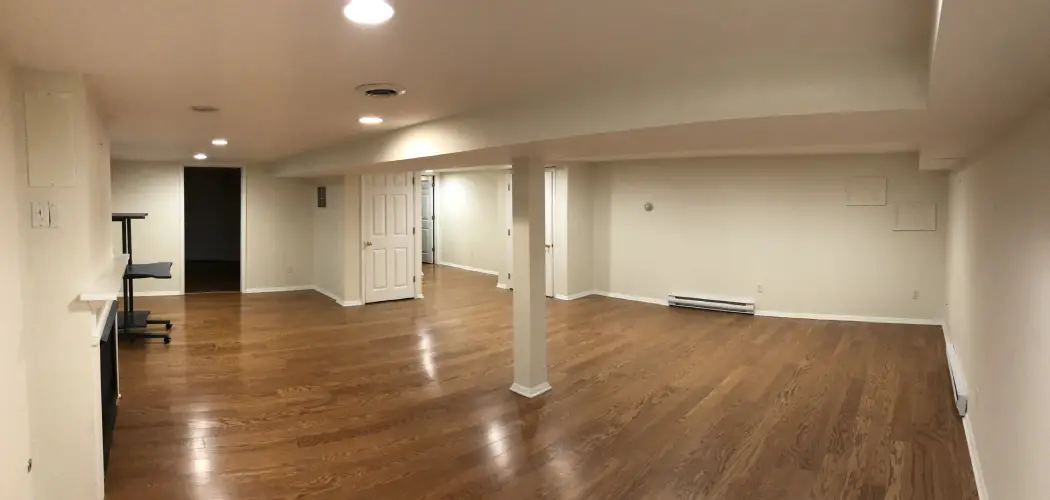Are you looking to complete your basement and wondering how to finance it? A finished basement can be one of the most versatile spaces in a home, as it can increase living space, provide ideal storage solutions, and even add resale value – but only if completed correctly.
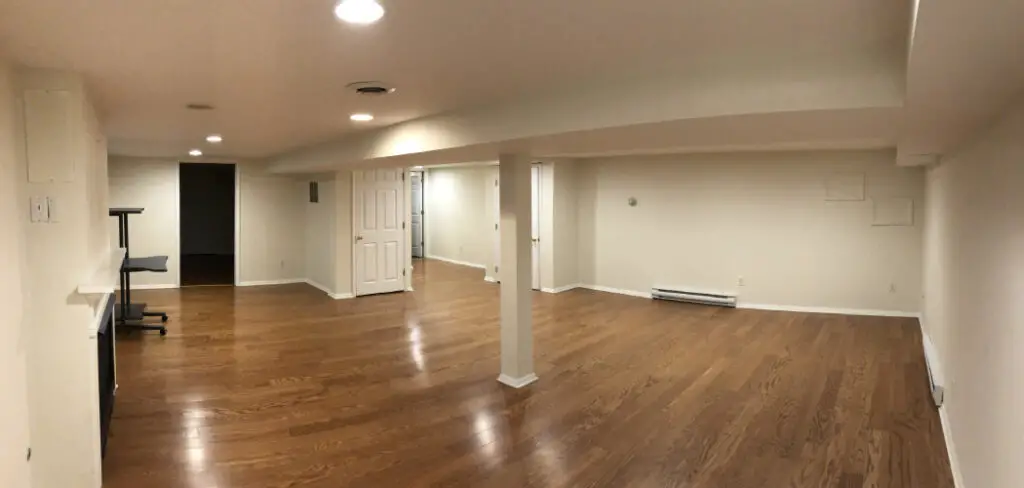
Financing such a project can be tricky since many lenders hesitate when considering home improvements that don’t have guaranteed clear benefits. With the right planning and budgeting strategies in place, finishing your basement doesn’t have to seem daunting!
But before you start undertaking such a construction project, it’s important to consider all the factors involved — from labor costs to material expenses — and develop a financial plan that fits both your needs and budget.
In this blog post, we’ll walk through how to finance a basement finish so that you can make an informed decision about transforming your lower level into something special.
What Will You Need?
Before you can begin to plan for how to finance your basement finish, it’s important first to determine what kind of materials and labor will be required.
You’ll need the followings:
- Drywall
- Flooring
- Lighting
- Electrical work and plumbing
- Furniture, décor, and other accessories
- Labor costs for installation (optional)
Once you have identified the materials required for your basement finish, it’s time to start exploring financing options!
10 Easy Steps on How to Finance a Basement Finish
Step 1. Research Available Financing Options:
The first step in financing your basement finish is to research the various financing types available. There are a variety of home improvement loan programs, including HELOCs (home equity lines of credit), personal loans, and more. As always, it’s important to shop around and compare rates in order to get the best deal for your financial situation.
Step 2. Get Pre-Approved:
Once you have identified a financing option that is suitable for your needs, the next step is to get pre-approved. This will give you an idea of how much money you are eligible for and help you plan for the basement finish accordingly. Don’t forget to factor in the cost of labor and materials when estimating your budget!
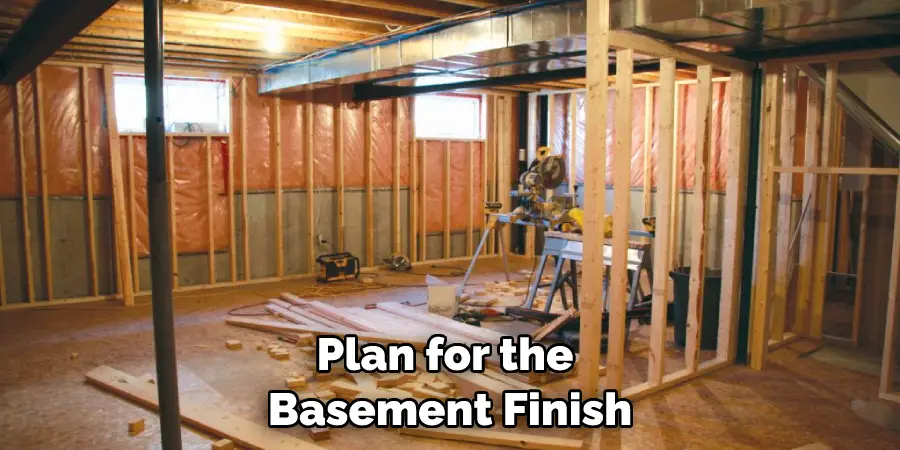
Step 3. Calculate Your Budget:
Before taking out a loan or beginning the project, it’s important to calculate your budget and determine how much money you can realistically afford to spend on the basement finish. Try to factor in hidden or unexpected costs such as labor, materials, and other supplies. This will help you plan accordingly and ensure that your budget is sufficient for the project.
Step 4. Compare Loan Rates:
Once you have been pre-approved for a loan, compare loan rates from various lenders to get the best rate possible. You can compare the interest rates, loan terms, and repayment options of different lenders in order to find one that best suits your financial situation. Be careful not to stretch your budget too thin, which can result in long-term financial trouble.
Step 5. Create a Home Improvement Plan:
Creating a detailed plan of what kind of improvements you want to make is essential to financing your basement finish. This will help you stay organized and focused throughout the entire process. Additionally, having a plan in place will make it easier to estimate costs, shop for materials, and hire contractors.
Step 6. Get Estimates From Contractors:
Once you have identified the materials needed for your basement finish, it’s time to get estimates from contractors. This will give you an idea of how much the project is likely to cost, which can help you determine how much money you should borrow. Moreover, having multiple estimates will help you get a better deal.
Step 7. Get Contractors to Bid on the Project:
Once you have received estimates from contractors, it’s time to get them to bid on your project. This will allow you to compare different bids and choose a contractor that best fits your budget and needs. Another option is to hire a project manager who will work with the contractors and manage the entire process for you.
Step 8. Consider Government Grants and Tax Breaks:
Depending on where you live, government grants or tax breaks may be available for those undertaking home improvement projects like a basement finish. Be sure to look into these options before beginning the project so that you can take advantage of any possible savings. Remember that grants and tax breaks may be subject to certain requirements, so read the fine print before applying.
Step 9. Finalize Your Loan and Get Started:
Once all of the necessary planning and budgeting are in place, you will be ready to finalize your loan and begin the basement finish project! If you have chosen a loan with a long repayment period, be sure to factor in additional costs, such as interest, into your budget. Once the project is complete, you can begin to enjoy your updated space.

Step 10. Enjoy the Finished Product:
The last step in financing a basement finish is to enjoy the finished product! The satisfaction you get from transforming your lower level into something special is unmatched, so take time to bask in the joy of completing your home improvement project. Remember, if you have followed the steps above, your basement finish should be perfectly within budget and ready to enjoy.
By following these steps on how to finance a basement finish, you can ensure that your project stays within budget while still achieving all of your goals. So don’t hesitate — start planning for your basement finish today!
5 Additional Tips and Tricks
1. Think about DIY. Finishing a basement yourself may help you save money in the long run. Consider completing some of the smaller tasks, like painting or laying flooring, on your own to reduce costs.
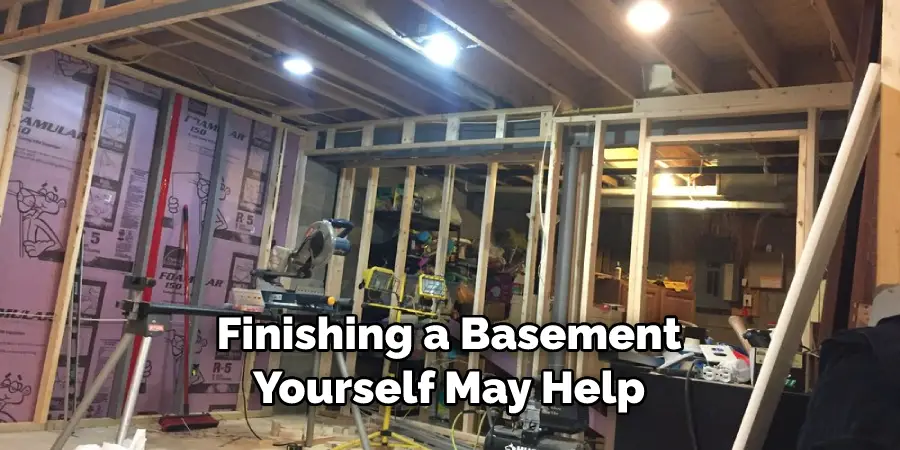
2. Get quotes from contractors and compare prices. You’ll want to get multiple bids to make sure you’re getting the best deal possible.
3. Check with local banks and credit unions for financing options. Many financial institutions have lending programs specifically designed for home improvement projects that can offer competitive rates and terms that other lenders might not provide.
4. Don’t forget about tax breaks or rebates that might offset some of the costs of your basement project, such as energy efficiency credits or Homeowner Association (HOA) rebates.
5. Consider using a home equity loan or line of credit to finance your basement renovation project. Home equity loans and lines of credit typically have lower interest rates than other forms of financing, making them more affordable in the long run.
By following these tips and tricks, you’ll be able to properly investigate financing a basement finish and decide the best option for you.
6 Things You Should Avoid
1. Taking out a loan or line of credit without first shopping around. Comparing quotes from different lenders can help you find the best rate and terms possible.
2. Paying cash for the entire project upfront. Unless you have a large amount of savings, paying cash may not be the most efficient way to finance your basement renovation, as you might miss out on some potential tax breaks or rebates that could save you money in the long run.
3. Not budgeting properly for additional expenses that could arise during the renovation process, such as unexpected repairs or materials needed for the completion of your project.
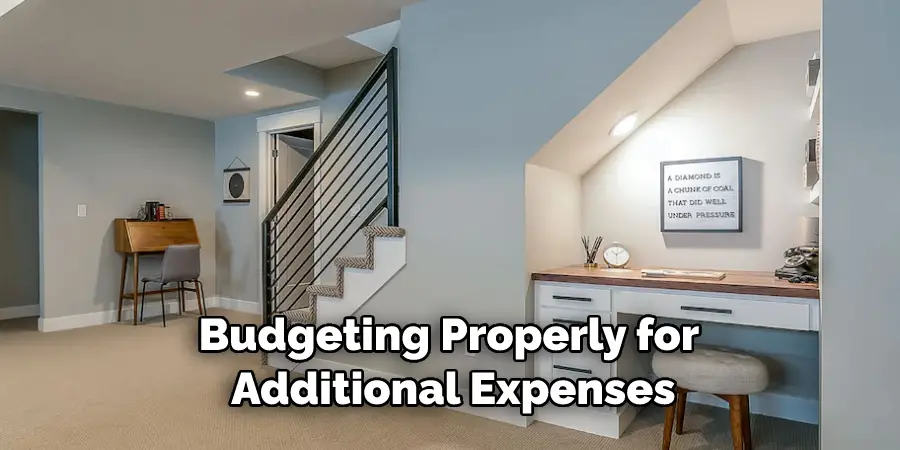
4. Neglecting to consider all financing options available to you, such as home equity loans and lines of credit which usually have lower interest rates than other lenders.
5. Not getting multiple bids before committing to a contractor or service provider. Comparing prices from different contractors can help you find the best deal and ensure that all your needs are met for an affordable price.
6. Overlooking potential tax breaks or rebates that could offset some of the costs associated with your basement renovation.
By avoiding these common pitfalls, you can ensure that you make the most informed decision when it comes to financing your basement finish project.
Conclusion
Finishing out a basement can transform it into a brand new living space and increase the value of your home considerably; however, it can be an expensive project to finance. Hopefully, through this blog post on how to finance a basement finish, readers were motivated to devise and execute a plan for paying for their own basement finish.
With proper budgeting, cost reduction strategies, and creative solutions in financing, such as personal loans and HELOCs, readers should be well equipped to employ whatever options best fit their individual needs. Other options, such as contractor financing or shared neighborhood costs, are also worth considering when beginning this journey!
All in all, what is most important is tailoring your decisions to the unique needs of your household and budgeting accordingly to maximize savings. So if you’re ready to take on this exciting yet daunting task and turn an empty portion of your home into a beautiful living space, applying these tips is sure to get you started on the right track!

